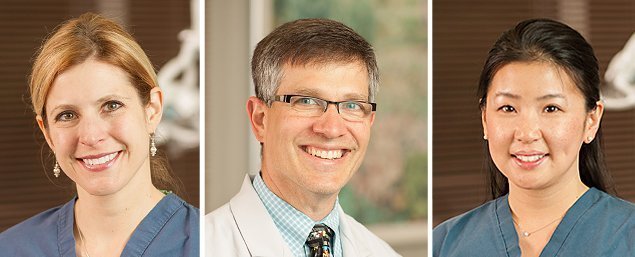This guest blog post was authored by Jennifer S. Holtzman, D.D.S., Assistant Researcher at UCLA's School of Dentistry, Public Health and Community Dentistry Division. This blog post was written for the Children's Dental Health Project blog: Teeth Matter and is shared with permission.
Failing to show for dental appointments can be a serious problem for both patients and dental providers. Besides reducing access to dental care and contributing to poorer oral health for patients, no-shows reduce revenue for clinics or practices. A newly
published study that I co-authored revealed that knowledge, understanding (health literacy), and motivation to access the care shape the frequency of patient no-shows.
Individuals with low health literacy may have completed high school or college, speak well, say they understand written materials, and have "white collar" or even health care jobs. It can be difficult to identify low health literacy. Individuals with low health literacy may have completed high school or college, speak well, say they understand written materials, and have "white collar" or even health care jobs. Health care providers can use a
health literate approach to ensure they are communicating effectively, addressing questions, and reducing barriers to attendance. In this blog post, I'll focus on practitioner-patient communications that can help patients follow through on their scheduled dental appointments.
Self-assessment questions about office and clinic protocols can be a first step in developing a health literate approach to patient care. Answering these questions honestly can help dental providers improve the odds that their patients will show for follow-up care and take appropriate steps to enhance their oral health.
Do we verify that the patient (family and/or caregiver) understands the purpose and the importance for the follow-up visit?
- Patients don't always ask questions or let practitioners know they don't understand. Check that patients can describe their main problem, what they need to do, and why it's important for them to do it.
Are we looking at patients when talking and listening to them, presenting ourselves as having the time and interest to listen to their questions?
- Practitioners may assume that "educating" patients about a specific risk will encourage them to take preventive action, including attending their dental appointments. But risk is a difficult concept for many individuals to grasp. Providers may think they're communicating clearly and effectively when, in fact, they're not.
- During check-in and check-out, staff should ask what questions or concerns patients have. Use inviting language such as "What questions do you have?" instead of "Do you have any questions?"
Does our office/clinic help patients identify potential barriers to attending their next visit and help patients develop appropriate action plans?
- Despite the best of intentions, patients sometimes fail to show up for appointments. Practitioners can take a proactive approach and discuss with patients and/or caregivers ahead of time how to identify and then address potential barriers to attending appointments.
The playwright George Bernard Shaw once said: "The single biggest problem with communication is the illusion that it has taken place." Let’s not remain in a state of delusion. It is our right (as patients) to communicate and be an advocate for our health; and it is the responsibility of our providers to provide ample information to ensure that we can achieve it – the health of our future is dependent upon it.
Note: The opinions expressed by guest bloggers or interview subjects do not necessarily reflect the opinions of CDHP.






